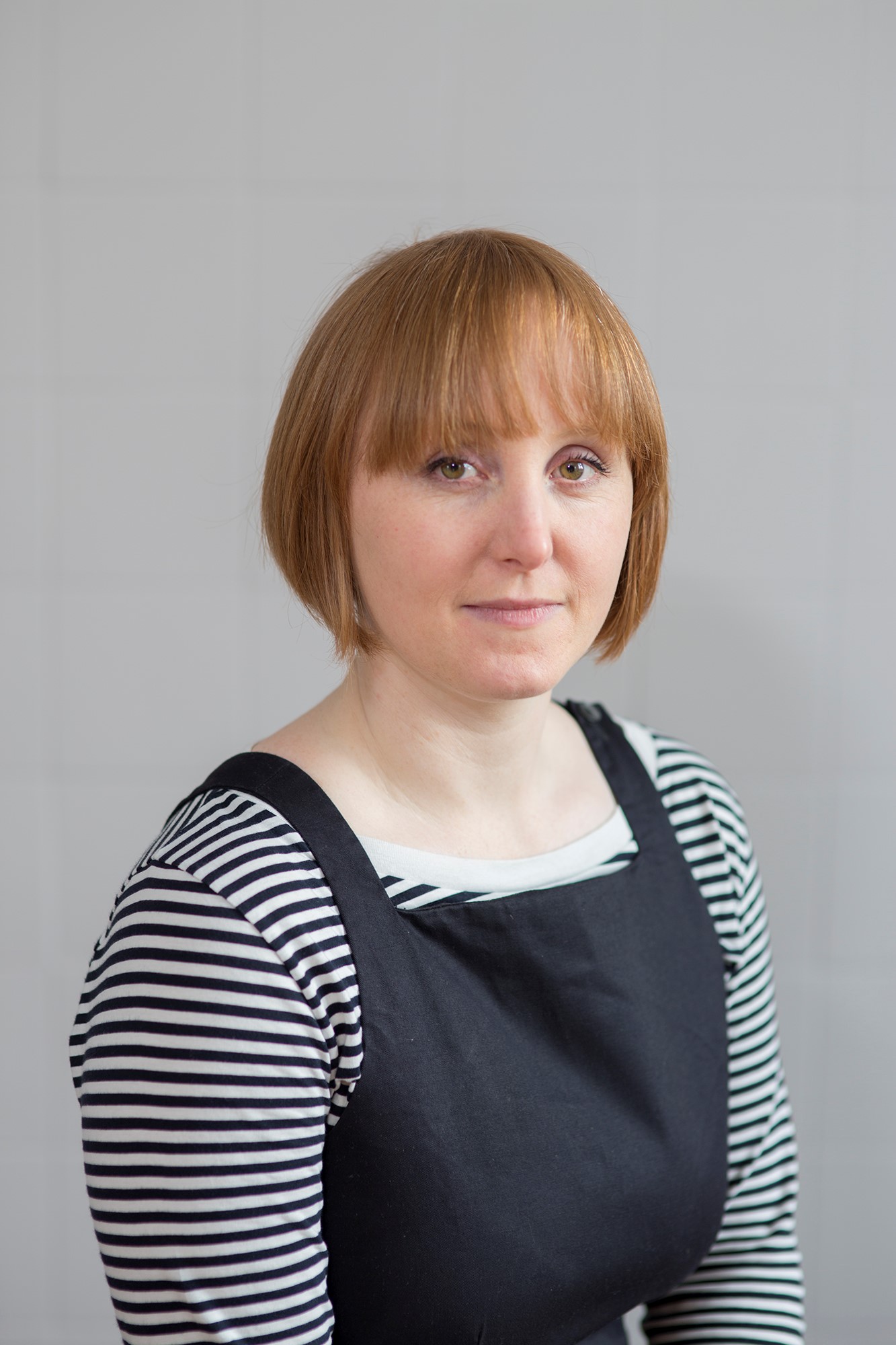AT talks to… Holly Lewis, co-founding partner at We Made That, about the outcomes of the Women’s Safety Audit’s pilot projects and what moves architects can make based on its findings.
What is the Women’s Safety Audit Pilot Project and how did it come about?
The work was commissioned by Transport for London and the Mayor’s Office for Policing and Crime towards the end of 2023. It stems from a commitment from the Mayor of London, Sadiq Khan, to undertake ‘women’s night safety audits’ based on recommendations from previous studies. However, there was no defined process for what such an audit involves. A key question for us to answer has therefore been, ‘What is a women’s safety audit?’ We have been exploring a range of approaches to this.
What role did community researchers play in shaping the project, and what impact did their involvement have?
An important part of our method was for the audits to be undertaken through ‘peer research’, which involved recruiting and training women in five pilot locations across London to conduct the audits themselves. We called these roles Community Researchers, and 47 women were involved in the work. They collaborated with their own peers – friends, colleagues and family members – using a range of methods to understand women’s safety in their locations. These wider networks meant that, in total, 157 women and girls were involved in the research, with ages ranging from 17 to 79.
Their involvement was essential in shaping our understanding of issues around safety in each of the places we considered, providing us with a much deeper and more nuanced understanding of how these issues affect women and girls of different ages and backgrounds. The researchers also benefitted from the experience too; they learned new skills, gained insight into how planning and design decisions are made, and earned some money for their time.
What were some of the most common safety concerns identified during the audits?
It’s difficult to draw general conclusions on this, as one of the key strengths of the methods we developed is that they generate individually-specific and location-specific findings. There were some over-arching themes – many safety concerns were hugely alleviated if women were in a group rather than on their own, for example. There was often consensus around some problematic areas, such as a particular underpass or a ‘hidden’ entrance to a station, and issues relating to maintenance and cleanliness were frequently mentioned.
Appointed ‘Community Researchers’ consulting the public in Brent as they conducted the Women’s Safety Audit.
Were there any findings that challenged existing assumptions about women’s safety in public spaces?
This definitely became more apparent throughout the process. One example I often reference is a trend in some more recently designed public spaces where individual seats have been installed rather than benches, presumably to deter loitering and anti-social behaviour. Our researchers reported that, rather than making them feel safer, these seats portrayed someone sitting in them as a lone ‘observer’, which felt more intimidating rather than less, completely contrary to the intended outcome.
How have local authorities and Transport for London responded to the project’s recommendations? Have any concrete changes been implemented as a result?
The pilot study work has only recently concluded, so this is still under consideration. We are still working with the client team to continue testing and refining the methods, and how they can be applicable to projects at different stages of development.
How can urban planners and architects integrate the findings from Women’s Safety Audits into their design processes?
I would highly encourage them to integrate this methodology into their processes. There is no ‘design checklist’ that can be an adequate substitute for taking the time to understand the genuine, lived experiences of women and girls in an area. I’d love to see women’s safety audits integrated into the brief-building of many more projects, in London and across the UK.
What are some practical design interventions that can immediately improve women’s sense of safety in public spaces?
There is a risk of over-reliance on design ‘rules of thumb’ that may result in short-cutting the need for women’s voices in the design process. The ‘secured by design’ standards that have been used to inform designs in recent years have a certain logic, but haven’t actually been that helpful in shaping lively, dynamic and safe spaces. Instead, they’re often pretty sterile, which can actually diminish feelings of safety. With better informed design teams, better decisions can be taken on this.
Have you seen examples of cities or public spaces that are already doing this well?
Umeå in Sweden is often refenced as a great example. They’ve been championing gender equality for a long time now – there’s a whole city tour dedicated to it!
What are the biggest challenges in translating community-led insights into policy and urban design changes?
This is a great question. I believe the biggest challenge is balancing all of the competing demands – it’s comparatively easy to gain people’s opinions. However, balancing those needs with the practicalities of how decisions are taken, available budgets, long-term maintenance obligations and other stakeholder priorities is the tricky part.
What are the next steps for this project? How can architects and designers contribute to its ongoing impact?
A brilliant outcome would be if architects and designers were to actively seek out the views and experiences of the safety of women and girls when they are starting to think about their projects and designs. Following on from that, I hope that the work can set a standard for how that’s done in a meaningful and empowering way, and for that to become part of ‘the norm’ when developing project briefs and proposals.


















